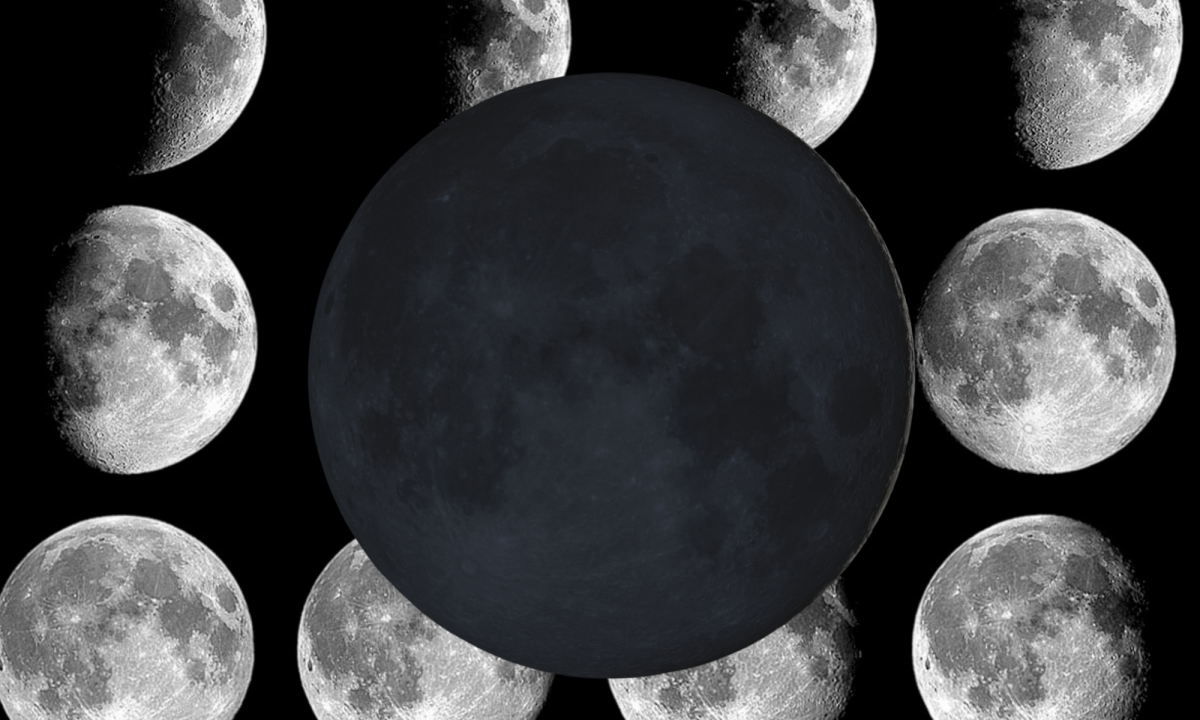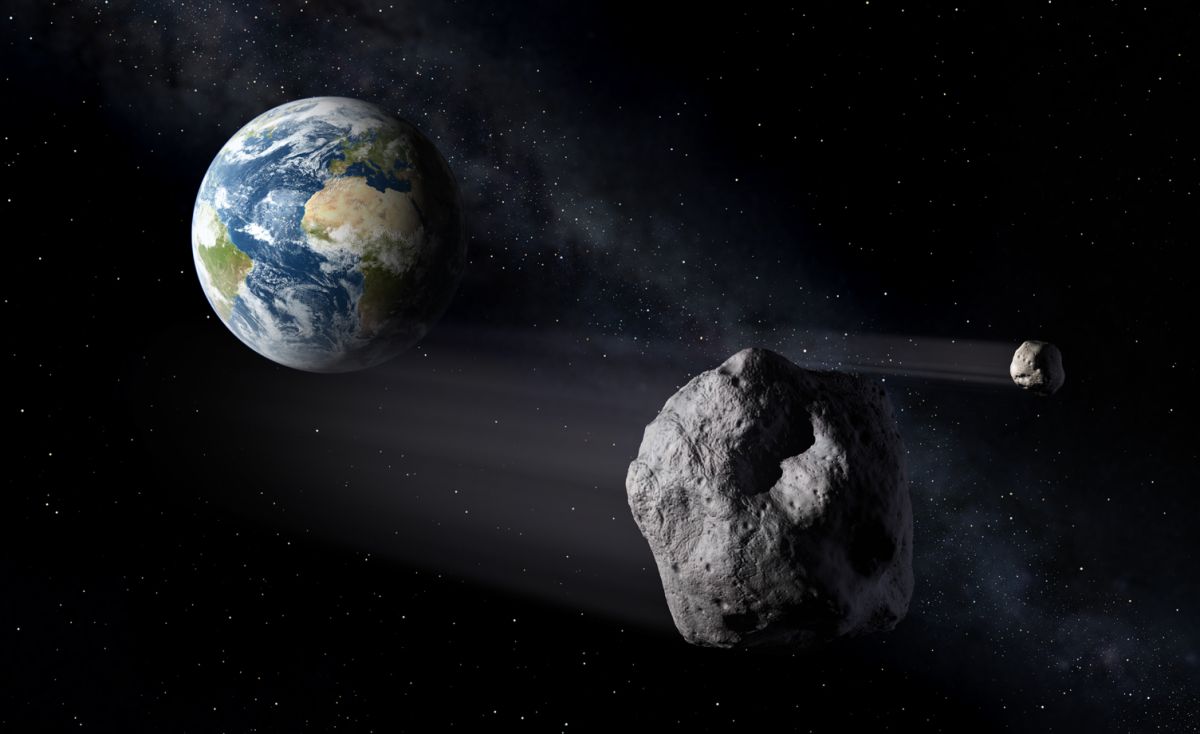The moon will rise in the sky today, but you won’t be able to see it. It’s the new moon, the first of four phases of the lunar cycle, which is not visible to us here on Earth. Even though you can’t see it, it is a particularly special new moon today — a rare “black moon.” Black moons aren’t a technical astronomy term, but colloquially, they have two different definitions. The first is the second new moon of a calendar month. Because the lunar cycle is 29.5 days long, it almost…
Read MoreMonth: May 2023
Axiom Space Ax-2 private spaceflight with SpaceX: Live updates
Refresh 2023-05-19T16:25:51.522Z Two days until Ax-2 launch The Axiom 2 (Ax-2) mission is set to launch at 5:37 p.m. EDT (2137 GMT) on May 21 from Kennedy Space Center in Florida atop a SpaceX Falcon 9 rocket. And the crew of the mission can hardly contain their excitement ahead of the eight-day-long mission to the International Space Station (ISS). Crew commander Peggy Whitson will be the first woman to lead a private space mission, following two commands of the ISS as a NASA astronaut. “We really feel like we’re prepared…
Read MoreSpace Station Science Highlights: Week of May 15, 2023
Crew members aboard the International Space Station conducted scientific investigations during the week of May 15 that included studying the behavior of protein solutions, testing technology to monitor astronaut sleep quality, and examining the effect of exercise regimens that do not include a treadmill.
Read MoreNASA Selects Blue Origin as Second Artemis Lunar Lander Provider
To develop a human landing system for the agency’s Artemis V mission to the Moon, NASA has selected Blue Origin of Kent, Washington. Through Artemis, NASA will explore more of the Moon than ever before, uncovering more scientific discoveries, and preparing for future astronaut missions to Mars.
Read MoreHubble Peers into a Glistening Star Cluster
The densely packed globular cluster NGC 6325 glistens in this image from the NASA/ESA Hubble Space Telescope.
Read MoreEarth is safe from a devastating asteroid impact for 1,000 years (probably)
Astronomers have completed a comprehensive examination of large asteroids that zoom near our planet, determining that Earth probably won’t be struck by such an object for at least 1,000 years. You may not want to breathe a sigh of relief just yet, however: The newly completed catalog looks at near-Earth objects (NEOs) at least 0.6 miles (1 kilometer) wide and therefore doesn’t rule out strikes from smaller, yet still potentially dangerous, asteroids. The team behind the new research looked at the positions and orbits of known NEOs, as cataloged by…
Read MoreU.S. Senate Members Meet the Crew of Artemis II
The four astronauts who will fly around the Moon on NASA’s Artemis II visited Washington on Wednesday, May 17, to discuss their upcoming mission with members of Congress and others.
Read MoreWatch SpaceX launch 22 next-gen Starlink satellites to orbit early Friday
SpaceX plans to launch another batch of its Starlink broadband satellites to orbit early Friday morning (May 19), and you can watch the action live. A Falcon 9 rocket topped with 22 next-generation Starlink spacecraft is scheduled to lift off from Cape Canaveral Space Force Station in Florida on Friday at 12:41 a.m. EDT (0441 GMT). Watch it live here at Space.com, courtesy of SpaceX, or directly via the company (opens in new tab). Coverage is expected to begin about five minutes before launch. Related: Starlink satellite train: How to…
Read MoreChina launches BeiDou navigation satellite to orbit (video)
China launched a satellite for its BeiDou navigation system system on Tuesday night (May 16), the first time it had done so in nearly three years. The BeiDou satellite lifted off atop a Long March 3B rocket from Xichang Satellite Launch Center, in southwest China’s Sichuan Province, on Tuesday at 10:49 p.m. EDT (0249 GMT and 10:49 a.m. local time on May 17). The spacecraft is the 56th BeiDou satellite China has lofted to date, and the first to take flight since June 2020. Related: The latest news about China’s…
Read MoreLaguna San Rafael National Park Viewed from the Space Station
Laguna San Rafael National Park, photographed on May 9, 2023 as the space station orbited 268 miles above Chile.
Read More

